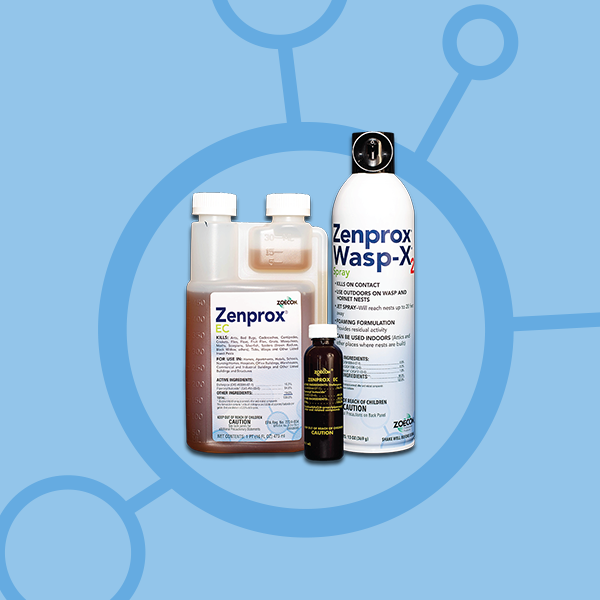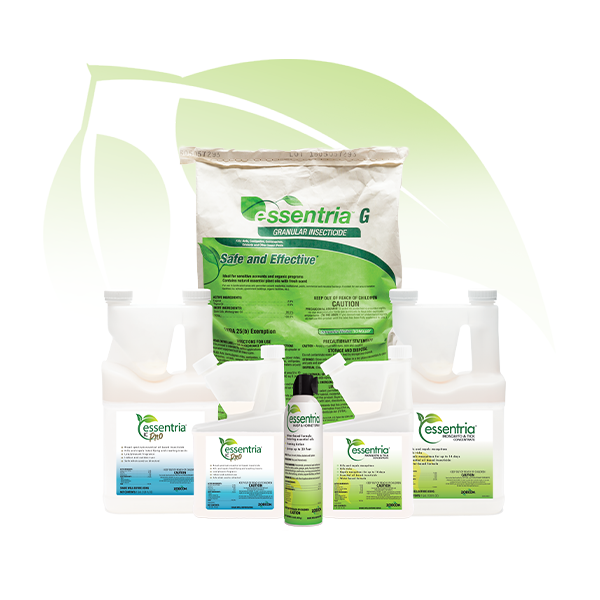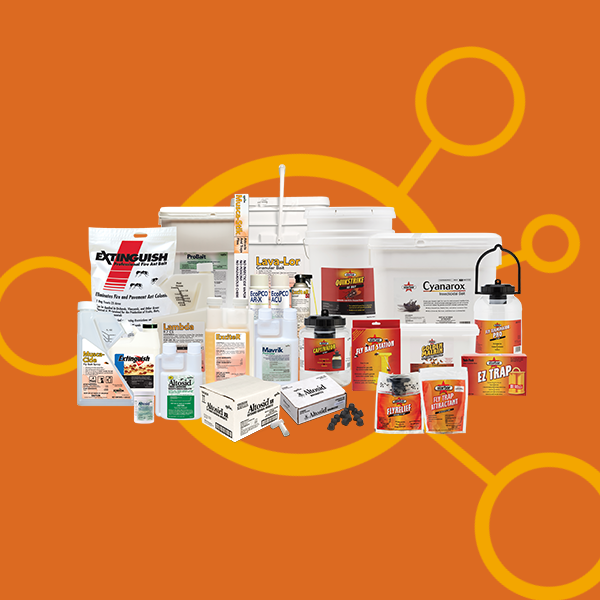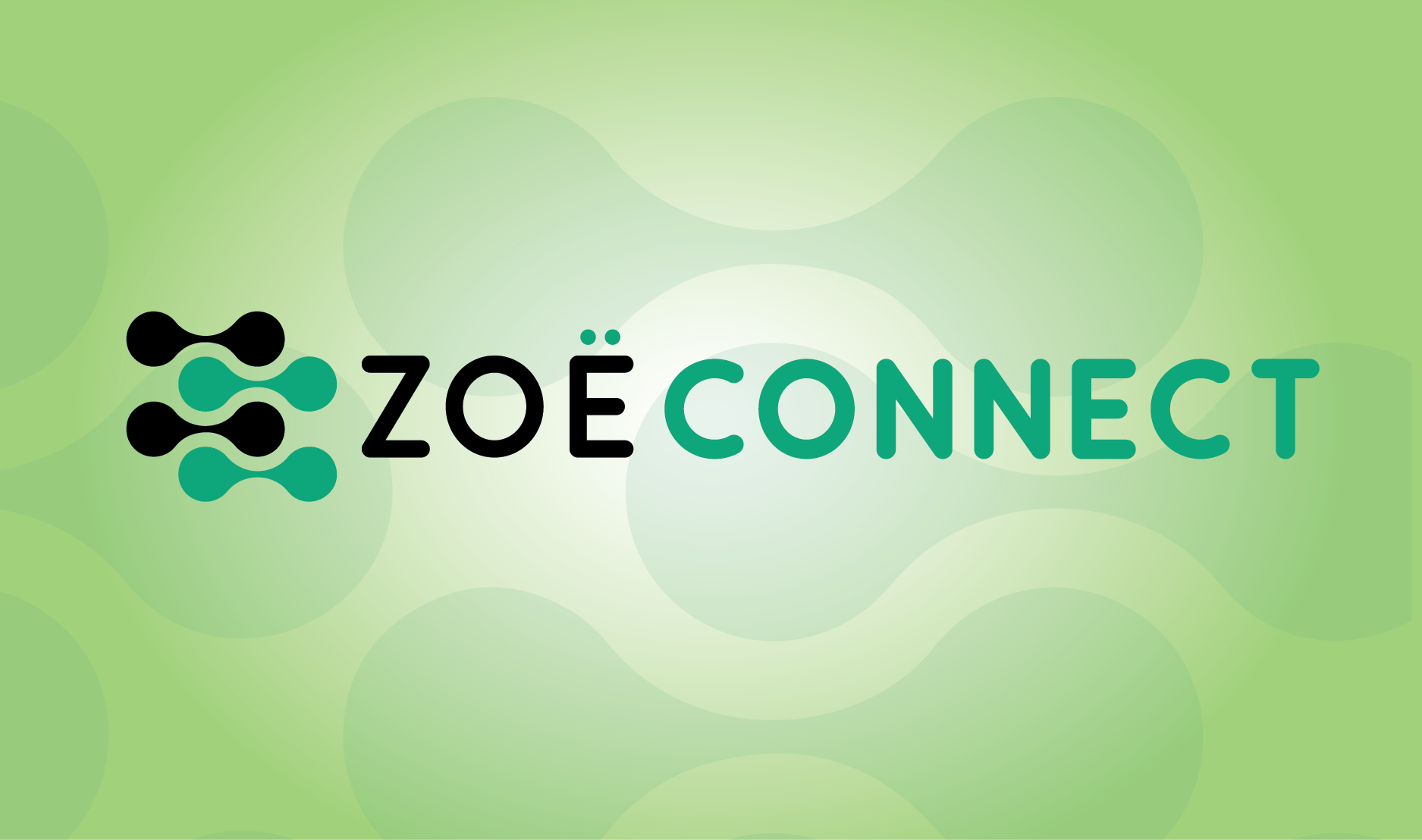ZoëConnect January 2024
When and Where to Use Specific IGRs
Every expert at Zoëcon is dedicated to helping pest management professionals stop insect infestations in their tracks and reduce callbacks. That’s why we’ve developed the industry’s most effective line of products formulated with Insect Growth Regulator (IGR) technology.
IGRs offer PMPs an alternative with a soft environmental impact that ends infestations by controlling insects at the larval stage. IGRs serve as the foundation of our solutions, and can be used with insecticides for complete control and elimination of costly callbacks.
Each IGR has its own unique characteristics and benefits. In this edition of ZoëConnect, we’ll take a deeper dive into the molecules that activate many of our effective solutions, (S)-hydroprene and (S)-methoprene.
(S)-Methoprene

(S)-Methoprene was developed to control insects by interfering with normal hormone levels at critical development periods, preventing growth and/or maturation. In some insects, it affects eggs or female fecundity.
Insects that experience complete, four-stage metamorphosis are more sensitive to (S)-methoprene. This includes beetles, bees, ants, butterflies, moths, fleas, and mosquitoes.The Precor® product family uses (S)-methoprene to deliver enduring control of pests such as fleas for up to seven months at 1% solution concentration. Professionals and their customers can rest assured they are achieving effective pest control that will help reduce callbacks.
Altosid® Briquets feature (S)-methoprene to stop larval development in active mosquito breeding sites. This convenient formulation provides up to 30 days of control in standing water.
(S)-Hydroprene
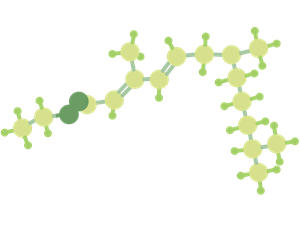
Developed as a companion product to (S)-methoprene, (S)-hydroprene passed EPA registration requirements in 1983. Originally designed to fight cockroaches, this active ingredient has been proven effective on bed bugs as well as fruit and drain flies. (S)-hydroprene has the unique ability to translocate. It is heavier than air and will move on air currents to penetrate deep into pest harborage areas.
Pests that undergo incomplete, three-stage metamorphosis are more sensitive to (S)-hydroprene, including grasshoppers, crickets and cockroaches. Unlike insects that undergo complete metamorphosis, adult insects and larvae don’t occupy the same space during incomplete metamorphosis.
PMPs seeking an effective solution can trust the Gentrol® product family for long-lasting control. Gentrol® products leverage (S)-hydroprene and IGR technology to help prevent future reinfestations and callbacks for cockroaches, drain and fruit flies, stored product pests, and are particularly useful in food handling establishments.
Treatment Tips
It’s critical to pay close attention to product selection for particular insects, while being mindful of product concentration and dilution rates. These rates will be different because of varied volatility, but you can use our dilution rate calculator to help you determine the correct product rates for tank mixes and dilutions based on your needs.
Timing is also critical when it comes to treating insects, as populations typically peak between August and September. IGRs tend to result in the increasing foraging activity of insects, leading to more effective control in the long run.
For more insight on controlling fly problems in restaurants, try our solution finder tool or speak with one of our technical services representatives. We’re always here to help, and we’re always here to connect.


